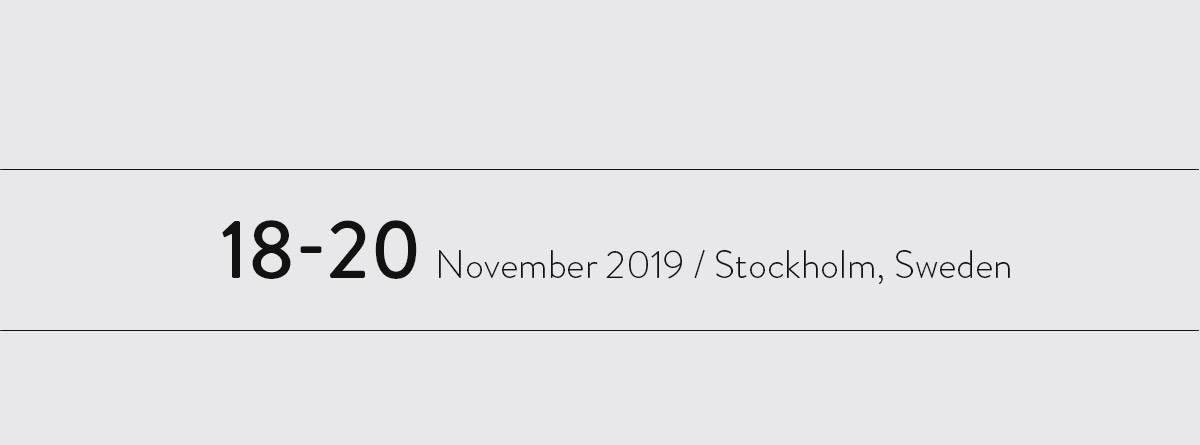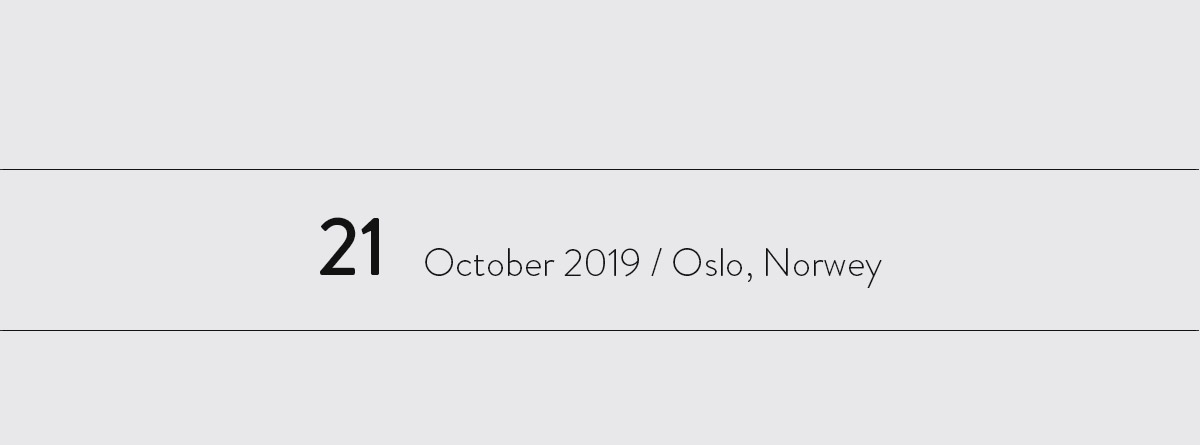08 Juil Methane – where does it come from, what is its impact on the climate? (Report only in French)
Posted at 14:17h
in - Classification of publications - All, - Classification of themes - All, Academic report, by a Commission or a Working Group, Academy’s advice and position paper, Biotechnologies, Co-studies, Communications to the Academy by its members, Demography, Education, Training, Employment, Energy and Climate Change, Environment, Ethics, Information and Communication Technologies, Major French Technology Adventures, Mobility and Transportation, National Academy of Technologies of France (NATF), Other, Other publications, Research, Technologies, Innovation and Employment, Society and Technology, Technologies and Development for Developing Countries, Technologies and Health, Ten questions and answers on technology topics, Urbanism and Housing, Working group reports
0 Comments
National Academy of Technologies of France (NATF) 2014EDP Sciences 2014 Strong variations of atmospheric concentrations of the potent greenhouse gas methane have accompanied glacial and interglacial periods - influencing timetable and magnitude of past and present climate changes. The report describes and analyses natural and human-related sources and sinks of atmospheric methane with particular attention to potentially massive emissions from thawing permafrost and clathrates. The methane fluxes between main reservoirs and the atmosphere is measured via ground-based networks or from outer space. As atmospheric methane is destroyed over time (half-life ~7 years), its GHG-efficiency is not straight-forward. While fossil fuel exploitation is an important methane source, emissions could be limited at reasonable cost. Feedbacks from wetlands and soils are more difficult to control. Recommendations are made in areas such as agricultural practices, waste- and landfill management, biomass combustion, exploitation of coal, natural gas and oil. The potential exploitation of methane from permafrost and marine clathrates should be closely followed.







